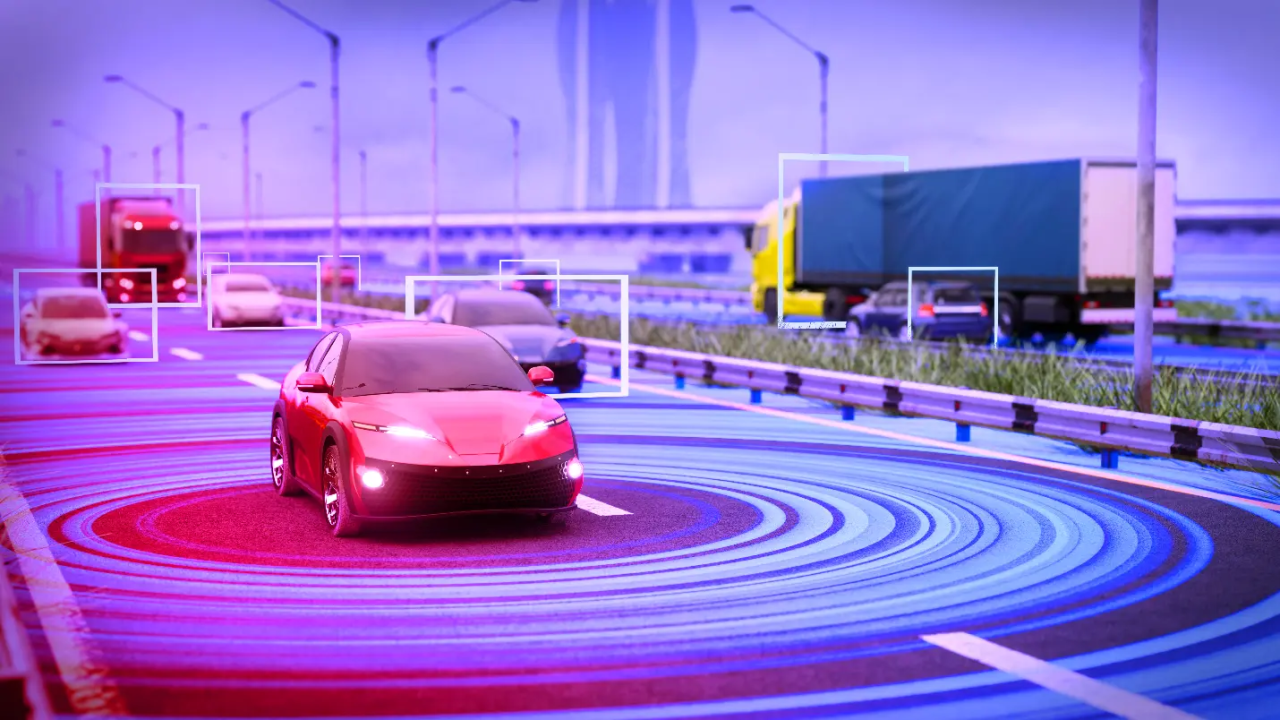Self-Driving Vehicles and Safety: A Journey Toward Safer Roads
Published 07-24-24
Submitted by Keysight Technologies

By Michele Robinson-Pontbriand, Director Corporate Social Responsibility
Picture this — a world where accidents are rare, traffic flows seamlessly, and the stress of daily commutes is a distant memory. Autonomous vehicles (AV) may be able to bring that into reality — a future where human error no longer jeopardizes lives on the road. In this blog post, I’ll delve into the compelling advantages of AV, the challenges they face, and the innovative technology driving us toward safer roadways.
The Safety Imperative
Every year, approximately 1.19 million people worldwide lose their lives due to road collisions1. These tragedies result from a myriad of factors, but one stands out — human error. Road safety requires a systematic approach to reduce traffic fatalities.
What if we could significantly reduce these fatalities? Reports suggest that AV have the potential to slash traffic deaths by up to 90%2. Beyond saving lives, they would also spare billions in costs associated with car accidents. But how do we get there?
Challenges and Solutions
Advanced driver-assistance systems (ADAS) have made strides, automating various aspects of driving. Yet, in most traffic situations, drivers still play a crucial role. The ultimate goal is full autonomy — vehicles that operate without any human intervention.
To achieve this vision, confidence in new ADAS functions is paramount. Rigorous testing helps instill confidence that AV perform as expected in real-world scenarios. To do this, the automotive industry needs to validate the sensors, electronic control units, and artificial intelligence logic used during simulations — and before real word testing. But how do we bridge the gap between simulation and road testing?
Enter Keysight’s Radar Scene Emulator, which provides:
- Full Scene Emulation - Instead of static objects, the radar scene emulator can create a realistic traffic scene with multiple moving targets to test the response of the AV radar sensor systems.
- Short-Distance Testing — Imagine a stoplight scenario where cars are no more than 2 meters apart. The emulator enables precise testing for such close-range objects. Whether it’s a bike veering into the lane or a pedestrian crossing unexpectedly, AV can be tested and trained to react swiftly.
- Obstacle Differentiation — AV must distinguish between various obstacles for a smooth transition to full automation. The emulator fine-tunes this ability, ensuring safer navigation.
Paving the Way to Autonomy
By integrating real-world environments into testing, Keysight’s Radar Scene Emulator accelerates AV development. It’s a steppingstone toward a future where accidents are rare, and our roads become safer for everyone.
So, buckle up! The journey to fully autonomous vehicles is underway, and the destination is a safer, smarter world.
1 Road Traffic Injuries. World Health Organization, December 13, 2023
2 “7 Benefits of Autonomous Cars.” Thales Group. Last updated January 2021

Keysight Technologies
Keysight Technologies
At Keysight (NYSE: KEYS), we inspire and empower innovators to bring world-changing technologies to life. As an S&P 500 company, we’re delivering market-leading design, emulation, and test solutions to help engineers develop and deploy faster, with less risk, throughout the entire product lifecycle. We’re a global innovation partner enabling customers in communications, industrial automation, aerospace and defense, automotive, semiconductor, and general electronics markets to accelerate innovation to connect and secure the world. Learn more at Keysight Newsroom and www.keysight.com.
More from Keysight Technologies

